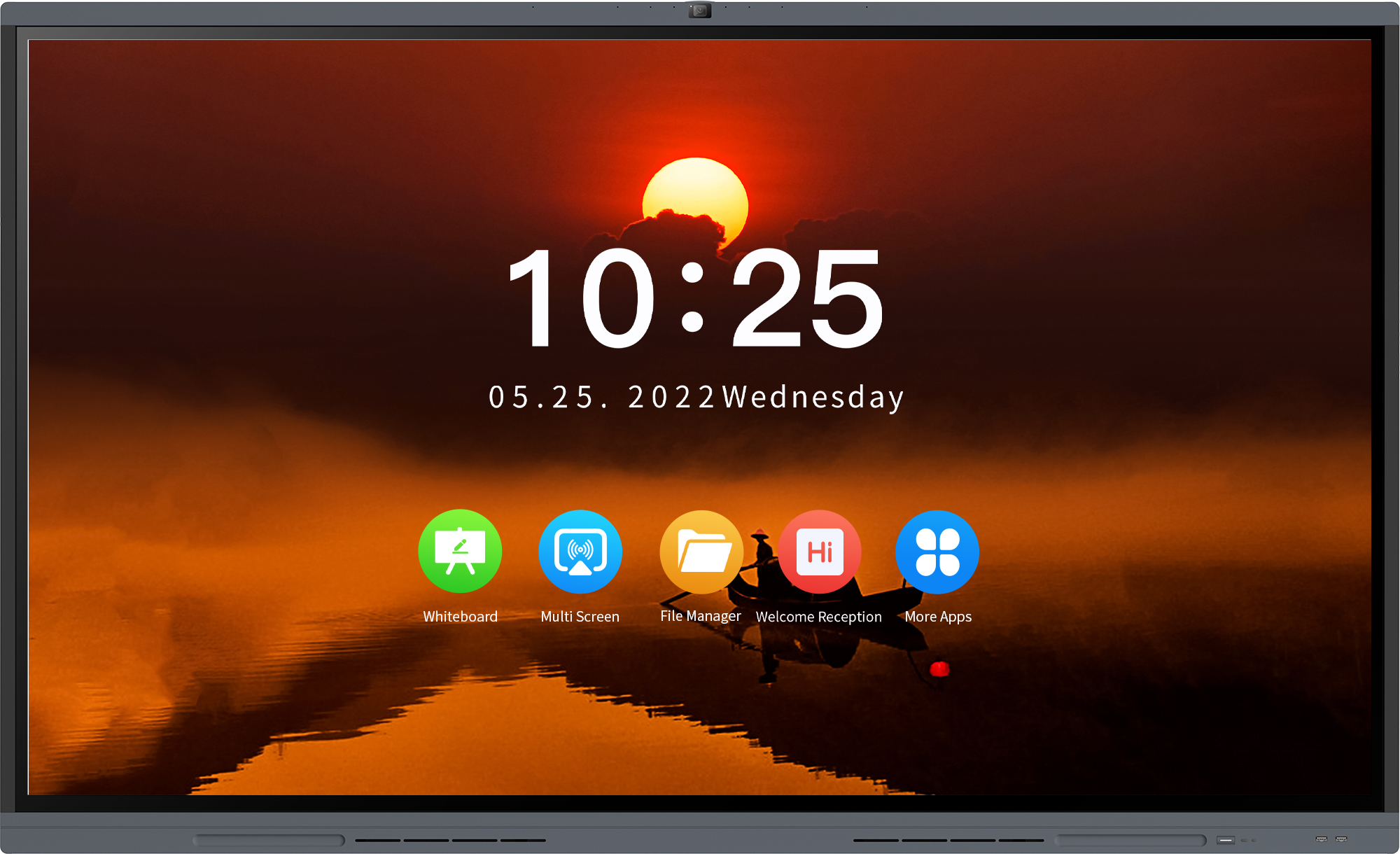Enhancing Your Living Space with IoT Technology

With the rapid development of technology, the Internet of Things (IoT) has revolutionized the way we interact with our surrounding environment. In this guide, we will delve into how you can utilize the multi-screen interactive function of a tablet to create a sophisticated IoT smart home system. By seamlessly connecting various devices, this system brings convenience, efficiency, and comfort to your everyday life.
1. Selecting the Right Tablet with Multi-Screen Interactive Function
The first step in creating an IoT smart home system is to choose a tablet that supports multi-screen interactive features. Look for a tablet with a large screen and powerful processing capabilities to handle multiple devices simultaneously. Ensure that it is compatible with popular IoT protocols such as Wi-Fi, Z-Wave, or Zigbee for seamless integration with various smart home devices.
2. Setting up the IoT Hub and Devices
Once you have the tablet, it's time to set up the IoT hub, which acts as the central control unit for your smart home system. Start by connecting the hub to your home's internet network. Then, pair it with compatible smart home devices such as smart lights, thermostats, door locks, and security cameras. Follow the manufacturer's instructions to ensure proper configuration and integration with the hub.
3. Leveraging Multi-Screen Interactive Functionality
Now that your devices are connected, let's explore the possibilities offered by the multi-screen interactive function of the tablet:
a. Centralized Control: Use the tablet as a centralized control panel to manage all your smart home devices. With a few taps on the screen, you can turn on the lights, adjust the temperature, lock the doors, or monitor your home's security cameras.
b. Multi-Screen Display: Take advantage of the tablet's multi-screen functionality to view multiple devices simultaneously. For instance, split the screen to monitor the living room temperature while also checking the front door camera feed without switching between apps.
c. Customized Dashboards: Create personalized dashboards on the tablet to display relevant information at a glance. Arrange widgets to view real-time energy consumption, weather updates, or even receive notifications from your smart devices.
By leveraging the above features, you can effortlessly control and monitor your smart home ecosystem, making your life more efficient and enjoyable.
Conclusion
Creating an IoT smart home system through the multi-screen interactive function of a tablet is within your reach. Start by selecting the right tablet, setting up the IoT hub, and connecting compatible devices. Enjoy the convenience and comfort of centralized control, multi-screen display, and customized dashboards. Embrace the power of IoT technology to transform your living space into a smart home of tomorrow.

